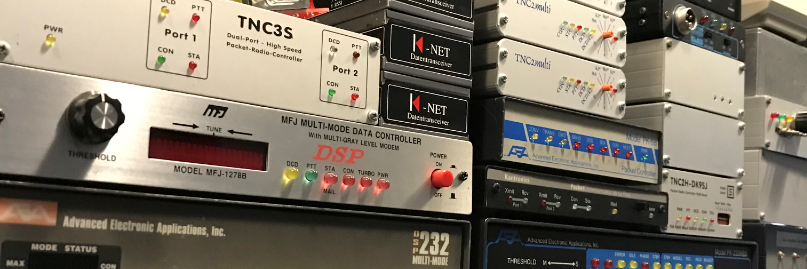
An crontab example I use with my Dxspider node.
# Check Connect (At minute 0, 5, 10, 20, 30, 40, and 50)
0,5,10,20,30,40,50 * * * * start_connect('gb7htl') unless connected('gb7htl')
0,5,10,20,30,40,50 * * * * start_connect('pa1rbz') unless connected('pa1rbz')
0,5,10,20,30,40,50 * * * * start_connect('pi4cc') unless connected('pi4cc')
0,5,10,20,30,40,50 * * * * start_connect('n5wls') unless connected('n5wls')
0,5,10,20,30,40,50 * * * * start_connect('ea2rks-2') unless connected('ea2rks-2')
0,5,10,20,30,40,50 * * * * start_connect('pa2sq') unless connected('pa2sq')
0,5,10,20,30,40,50 * * * * start_connect('ed1zac-5') unless connected('ed1zac-5')
# Update stats for mrtg (At minute 0, 5, 10, 15, 20, 25, 30, 35, 40, 45, 50, and 55)
00,05,10,15,20,25,30,35,40,45,50,55 * * * * run_cmd('mrtg all')
# Send announce full/local (At minute 0)
#0 * * * * run_cmd('ann full Dxspider telnet dx.packet-radio.nl 7300' . cldate . ' ' . ztime)
#0 * * * * run_cmd('ann local DXspider telnet dx.packet-radio.nl 7300 at ' . cldate . ' ' . ztime)
# Skimmers (At every minute)
* * * * * start_connect('sk0mmr') unless connected('sk0mmr')
* * * * * start_connect('sk1mmr') unless connected('sk1mmr')
# AutoUpdate DXSpider Server (At 04:00 on Monday, Tuesday, Wednesday, Thursday, and Friday)
0 4 * * 1,2,3,4,5 run_cmd("check_build Y")
# AutoUpdate USDB (At 02:00 on Monday, Wednesday, and Friday)
0 2 * * 1,3,5 spawn("cd /tmp | wget -qN ftp://ftp.w1nr.net/usdbraw.gz & /spider/perl/create_usdb.pl usdbraw.gz")
5 2 * * 1,3,5 run_cmd("load/usdb")
10 2 * * 1,3,5 spawn("rm /tmp/usdbraw.gz")
# AutoUpdate Keps (At 02:00 on Tuesday, Thursday, and Saturday)
0 2 * * 2,4,6 spawn("cd /tmp | wget -qN http://www.amsat.org/amsat/ftp/keps/current/nasabare.txt & /spider/perl/convkeps.pl -p nasabare.txt &")
5 2 * * 2,4,6 run_cmd("load/keps")
10 2 * * 2,4,6 spawn("rm /tmp/nasabare.txt")
# AutoUpdate CTY.DAT (At 03:00 on Sunday, Tuesday, and Friday)
0 3 * * 0,2,5 spawn("cd /spider/local_data | wget -qN https://www.country-files.com/cty/cty.dat &")
0 3 * * 0,2,5 spawn("cd /spider/local_data | wget -qN https://www.country-files.com/cty/wpxloc.dat &")
0 3 * * 0,2,5 spawn("cd /spider/local_data | wget -qN https://www.country-files.com/cty/wpxloc.raw &")
2 3 * * 0,2,5 spawn("cd /spider/local_data | /spider/perl/create_prefix.pl")
3 3 * * 0,2,5 run_cmd("load/prefix")
# remove old files (At 00:00 in every month from January through December)
0 0 * 1-12 * spawn(q[find /spider/local_data/debug -type f -mtime +2 -exec rm -f {} \;])
2 0 * 1-12 * spawn(q[find /spider/local_data/log -type f -mtime +2 -exec rm -f {} \;])
3 0 * 1-12 * spawn(q[find /spider/local_data/spots -type f -mtime +2 -exec rm -f {} \;])
4 0 * 1-12 * spawn(q[find /spider/local_data/wcy -type f -mtime +1 -exec rm -f {} \;])
5 0 * 1-12 * spawn(q[find /spider/local_data/wwv -type f -mtime +1 -exec rm -f {} \;])
# Blacklist. TOR & Others (At minute 30)
30 * * * * spawn('cd /spider/local_data; wget -qN http://www.dxspider.net/download/badip.torexit')
30 * * * * spawn('cd /spider/local_data; wget -qN http://www.dxspider.net/download/badip.torrelay')
30 * * * * spawn('cd /spider/local_data; wget -qN http://www.dxspider.net/download/badip.global')
31 * * * * run_cmd('load/badip')

























